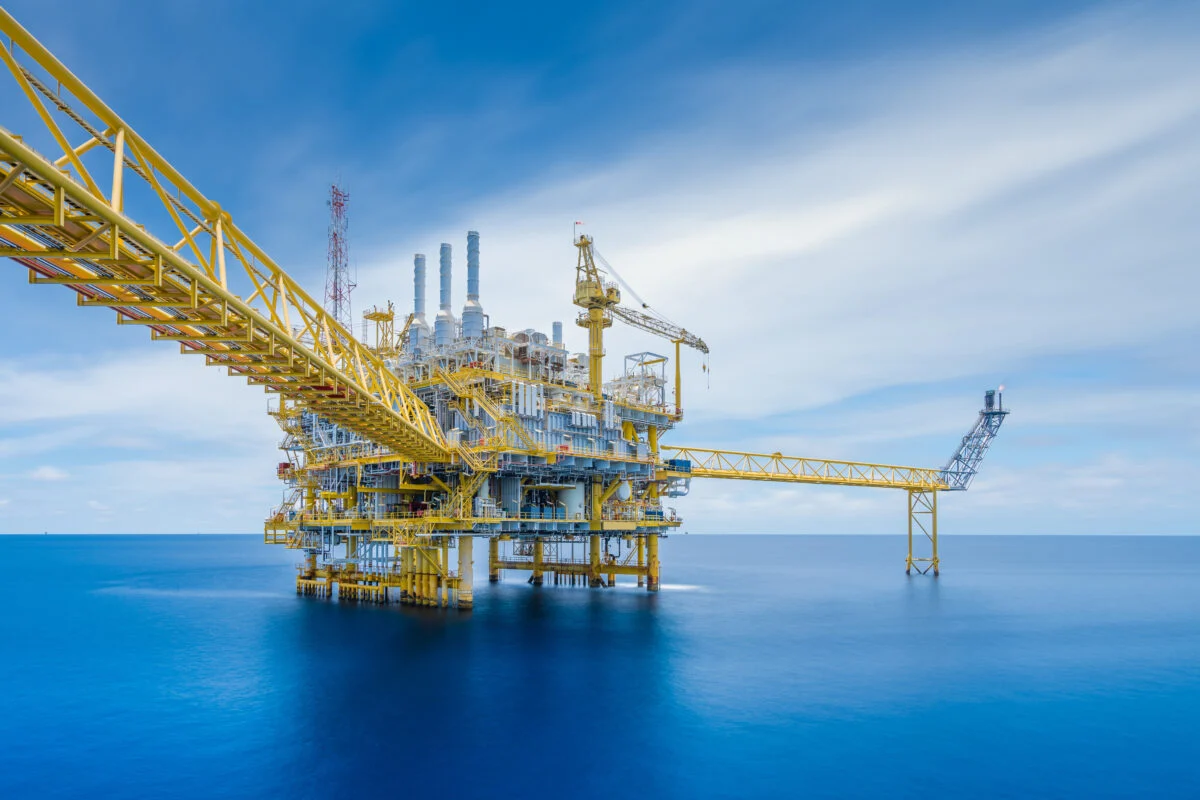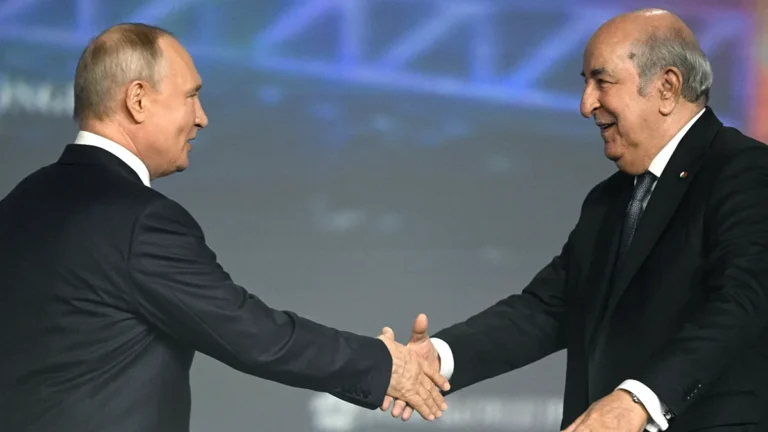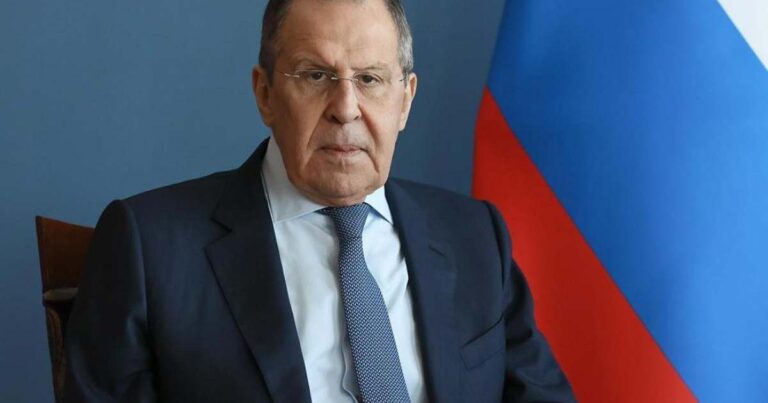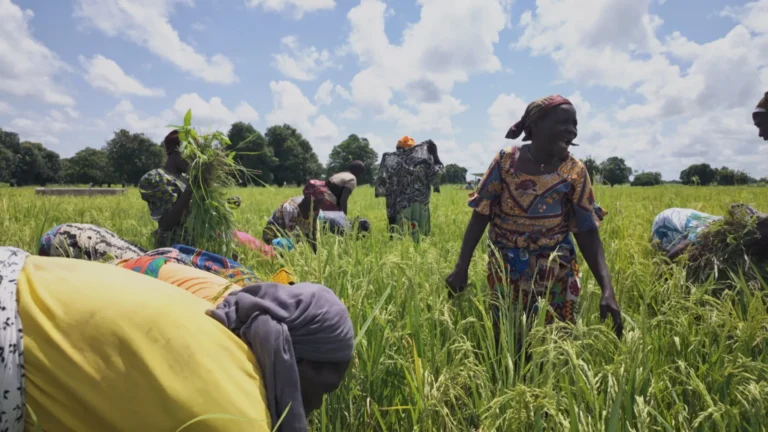
Amid the shifting dynamics of the energy transition and the rising demand for skilled labor in the hydrocarbons sector, Senegal’s National Institute of Oil and Gas (INPG) is rapidly positioning itself as a regional epicenter for technical training and energy sector development.
Under the stewardship of Dr. Fall Mbaye, who took the helm in July 2024, the INPG has launched an ambitious strategy to become a continental reference point for oil and gas training.
In an exclusive interview with APA, Dr. Mbaye stated, “We have identified 1,000 occupations in the oil, gas, and mining sector,” projecting up to 20,000 job opportunities in each category.
With these figures in view, the institute aims to train 15,000 technicians, in collaboration with the Vocational and Technical Training Financing Fund (3FPT) and the government’s local content strategy.
Currently, the institute is hosting around twenty Chadian students, part of a broader effort by N’Djamena to train 200 downstream oil inspectors.
The growing reputation of the INPG is attracting interest from other oil-producing nations such as Niger and Gabon.
“We have innovated.
Today, we train inspectors who master the entire downstream chain: refining, transportation, storage, and distribution of fuel,” said Dr. Mbaye, reaffirming INPG’s goal to become the continent’s leading center for energy expertise.
A pivotal step in that direction is the establishment of Senegal’s first BOSIET center in Diamniadio, which will offer the internationally required offshore safety training certification.
“It’s like a passport to the sector,” Dr. Mbaye explained. Construction is set to begin within weeks, with the center expected to serve professionals across Africa.
The INPG is also reducing dependence on foreign expertise.
In 2024, 85% of master’s courses were delivered by France’s IFP experts.
Today, that figure is down to 60%, and by 2027, the institute aims for 80% Senegalese trainers, including those from the diaspora.
Institutional partnerships have grown substantially.
The INPG now works closely with both national companies such as Petrosen and SAR, and international giants like BP, Woodside, Kosmos, and Modec, which operates the Sangomar FPSO.
“We’ve just secured a contract with Woodside to train their technicians—after sessions previously held in England and Australia.
Now, we’re training them here,” Dr. Mbaye proudly shared.
The institute also plays a central role in supporting local SMEs and SMIs, especially in projects like the GTA cross-border gas initiative with Mauritania.
Many local firms, Dr. Mbaye noted, “lack the necessary technical expertise or support.”
To counter this, the INPG has launched a technical support program, with a bold goal of achieving 50% local content in oil and gas projects by 2030.
Just one year after oil production began at the Sangomar field, Senegal is reporting strong performance.
According to the Ministry of Energy, 33 cargoes totaling 31.93 million barrels have been exported, with 2025 output projected at 30.53 million barrels.
In the first half of 2024, hydrocarbon revenues hit 45.79 billion CFA francs, bolstered by exceptional payments from Woodside Energy, as detailed in the latest EITI report.
These funds are being channeled into the state budget, PETROSEN, and regional institutions.
Meanwhile, gas production surpassed 1.5 million Nm³ in the Gadiaga and Sadiaratou fields—proof that Senegal’s energy ambitions are firmly rooted in both infrastructure and human capital.



